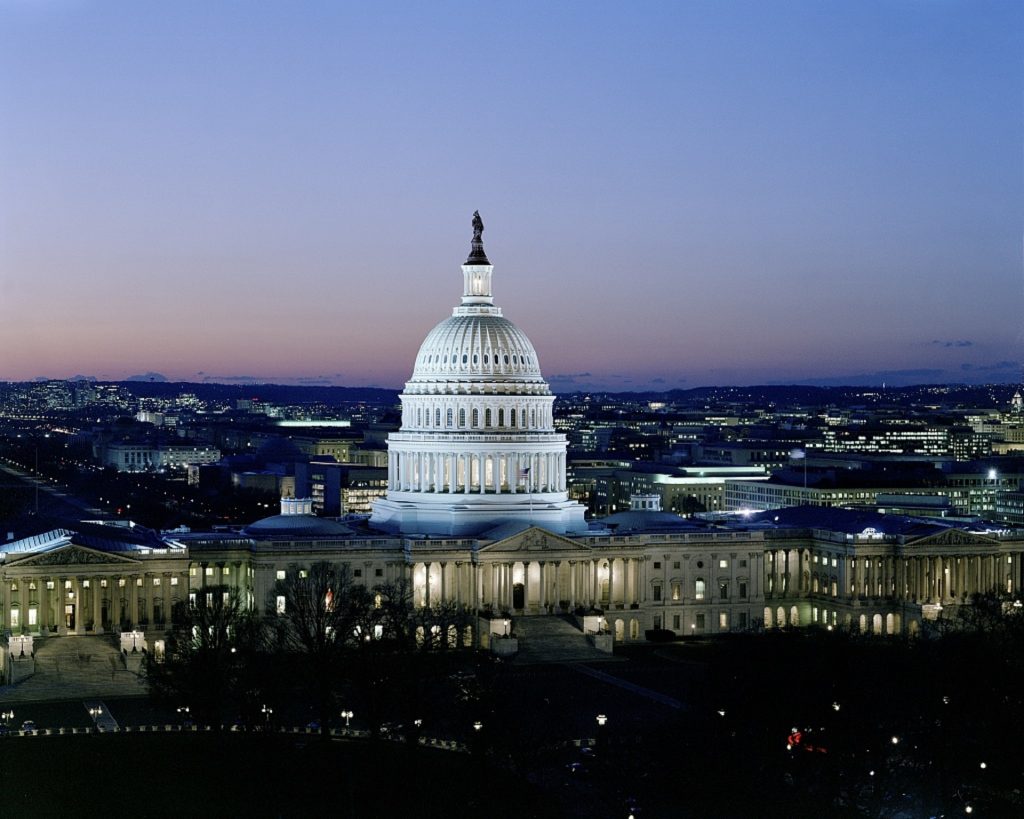
In the latest update from Voqal’s director of telecommunications strategy, Mark Colwell assesses congressional efforts to increase broadband funding this year.
One of Voqal’s organizational goals is to improve broadband connectivity – especially among those who are unable to afford service or who have traditionally been disadvantaged based on where they live. Voqal has continually called for Congress and the FCC to take a more proactive approach to address the digital divide. While the FCC reports 18 million Americans lack access, far more – close to 30% of all Americans – do not subscribe to broadband at home, mostly due to price and/or a lack of digital skills.
The lack of connectivity and the continuing stories about poor broadband service and high prices are beginning to get attention from lawmakers. As part of the CARES Act, Congress has already provided some funding to help schools connect kids. For example, Congress included approximately $13B for K-12 schools and another $50M for the Institute of Museum and Library Services which can be spent on mobile hotspot programs. But this funding does not go far enough. Fortunately, news from the last week shows there might be an even bigger appetite for funding broadband this year.
Last Friday, the chairman of the Senate Commerce Committee, Roger Wicker, and the top-ranking Republican in the House Communications Subcommittee, Greg Walden, released a Broadband Connectivity and Digital Equity Framework. This framework contains many important digital divide goals, including:
- Authorizing funding to complete accurate broadband mapping efforts and deploy broadband quickly in areas throughout the United States to make sure all Americans are connected.
- Ensuring that students have access to broadband and necessary technologies to complete their homework remotely.
- Establishing programs for individuals and families experiencing economic hardship as a result of the COVID-19 pandemic to remain connected.
- Expanding broadband access and digital opportunity in minority communities to promote digital equity.
- Working with our nation’s carriers, who have worked tirelessly to keep Americans connected during the COVID-19 pandemic, to make sure they are able to continue responding to their consumers quickly and safely.
The Republican framework comes as a welcome surprise but lacks the needed details. Meanwhile, House Democrats introduced the Accessible, Affordable Internet for All Act, a bill that dedicates $100 billion to broadband connectivity. Specifically, the bill addresses the digital divide and connectivity in several ways by:
- Requiring that networks be open and accessible.
- Funding the Digital Equity Act.
- Financially incentivizing broadband build-out.
- Allowing municipalities to provide broadband services.
- Making Wi-Fi on school buses eligible for E-rate support.
- Preventing the Federal Communications Commission from placing a cap on the Universal Service Fund.
This is welcome news to digital inclusion advocates, especially those focusing on impoverished Americans. Broadband data shows that a larger part of the digital divide is the lack of affordable broadband options in cities where service is already built out. In a new white paper, the National Digital Inclusion Alliance went so far as to say the rural-only focus of the digital divide is racist.
So how exactly would this bill pass in an election year? One potential vehicle might be the reauthorization of our nation’s surface transportation law. The current 5-year transportation law is set to expire on September 30, 2020. Congress must pass a reauthorization by that time, and odds are good for some extension given that transportation tends to be a fairly bipartisan issue. House Democrats could attach the Accessible, Affordable Internet for All Action to this transportation reauthorization.
Voqal remains committed to helping advance this and other legislation that addresses connectivity directly and invests in the lives of Americans. We look forward to continued efforts on both sides of the aisle aimed at bridging the digital divide and making sure all Americans have both the means and opportunity to access the internet.